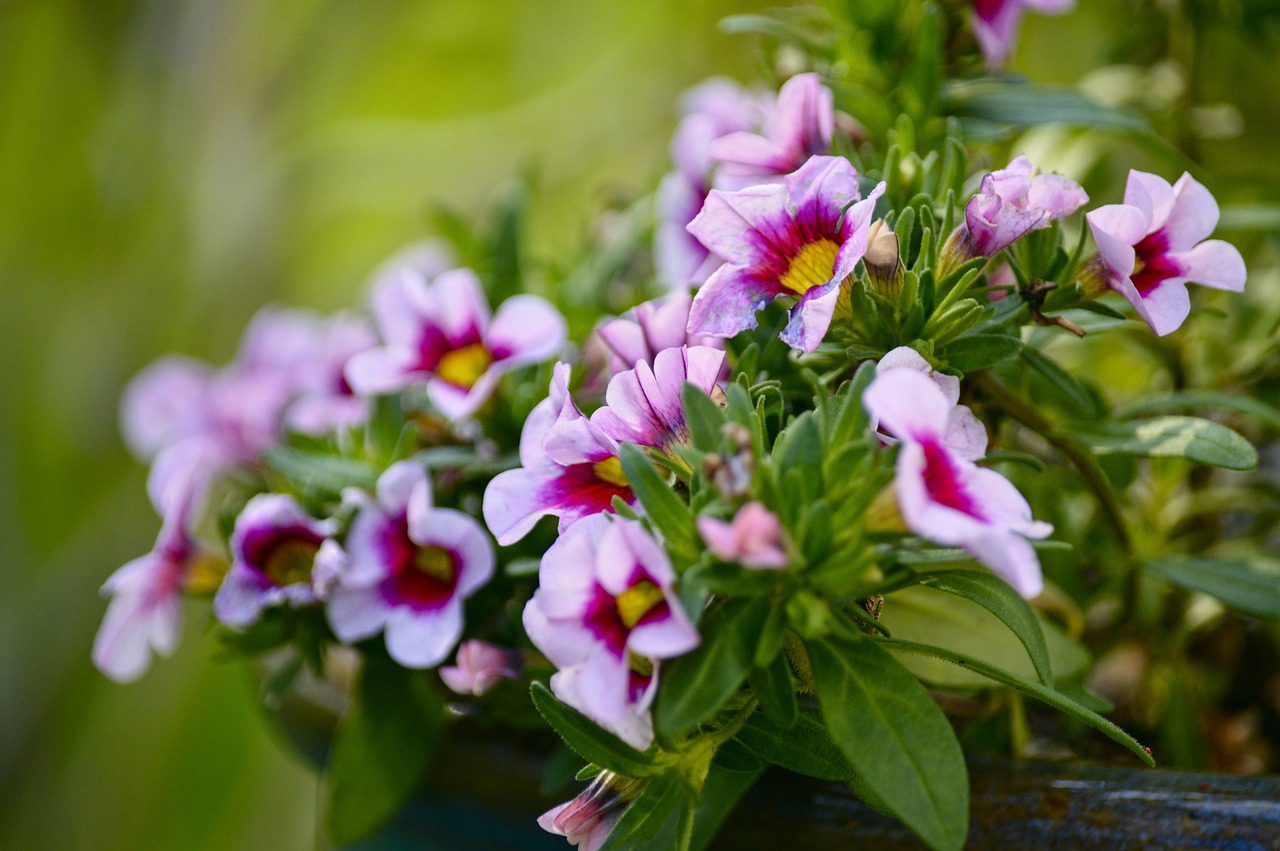Last Updated on June 29, 2022 by Real Men Sow
Calibrachoa is a perennial that you can grow as annual in the UK. They are also known as million bells and trailing petunias. These pretty bell-like flowers look like mini petunias. They come in many colors including white, blue, magenta and yellow. It’s best if they spill over the edges of pots, window boxes and hanging baskets. They bloom for weeks and can be paired with other bedding plants like fuchsias or gazanias, diascias or nemesis. Moths love their flowers.
Calibrachoas, a member of the Solanaceae Family, are native to South America. They grow in shrubland and grassland, and have a sprawling habit. Breeders created hybrids in the 1990s that could be grown in gardens. Modern breeding has resulted in plants that can withstand the British weather. Calibrachoas are similar to petunias but they are often classified as a distinct species.
Growing Calibrachoas From Seeds
Calibrachoas can only be grown from seeds because they are hybrids. You can usually find them as small plants in the garden center in late Spring. They can often be purchased as plug plants (very young plants), or in packs or trays which offer great value. Calibrachoas will not survive the cold temperatures in the UK and should be discarded at the close of the season.
How To Grow Calibrachoa
Calibrachoas look great in containers. You can buy them as plug plants in the spring, or as garden-ready plants in the summer. Make sure to water them well and give them a high-potash feed every few weeks. At the end of each season, compost the plants.
Where To Grow Calibrachoa
Calibrachoas require a spot protected in the sun or in very little shade. Although they can grow in the ground, it is best to plant them in containers, hanging baskets or other annuals in order to let them trail.
How To Plant Calibrachoas
You can buy calibrachoa as young plants in spring or plug plants. Although plug plants are more economical, you will need to keep them from freezing before planting them. Plant them in individual pots of 9 cm and let them grow in a warm greenhouse or on a well-lit windowsill.
What month is the best month for planting calibrachoa
You can harden your plants, and then plant them out once the last frosts have passed, usually in May. Use multi-purpose compost to plant around large hanging baskets or pots that have drainage holes and crocks at their bottom. It’s also a good idea for to mount pots on ‘pot feet, so excess water can drain away. When planting, you could also add slow-release plant food tablets or granules. After planting, water well.
Caring For Calibrachoa Plants
Water your calibrachoa plants well, this could be as often as every day in extremely hot weather. Don’t let excess water drain away. Calibrachoas can suffer from sitting in waterlogged soil. Every couple of weeks, feed your animals with a high-potash food starting in the middle of summer.
Do calibrachoa plants need deadheading?
They are self-cleaning and don’t require any deadheading. They automatically shed their spent flowers. Pinching each stem back (removing the growing tip) will encourage bushier plants that will produce more flowers. At the end of the season, compost your plants.
How To Propagate Calibrachoa
Calibrachoa hybrids do not produce seeds and many plants are trademarked. This means that propagation by softwood cuttings is technically legal, but it is possible. It’s best to purchase young plants at the garden center in spring as they offer great value.
Growing Calibrachoa: Problem Solving
Too much shade can cause poor blooming. Calibrachoa plants require six hours of sunshine each day to thrive. The plant may also stop flowering if it is not given enough water. You can try to cut the plants in half and give them a feeding if the flowers seem to be dying at the end of the summer.
Lack of watering
Lack of water or high temperatures can cause wilting. Your plant may still be wilting even after you have watered it. This is a sign that root rot is present. In this case, it is best to get rid of the plant and make it compostable. Overwatering can also cause gray mold to appear on your leaves.
Aphids are a problem but only in large numbers. It is possible that the aphids will be taken care of by wildlife such as birds or wasps. Spray with an organic insecticide that is based on fatty acid if you are not successful.
A plant that has yellow or green leaves indicates it needs to be fed. Sticky leaves are not something to be concerned about in calibrachoa plants.
Advice On Buying Calibrachoa Plant
- You can buy calibrachoa plants in plug plants (or small plants), from early spring through summer, or as garden-ready plants during the late spring and summer.
- Although plug plants offer great value, you’ll need to keep them from freezing. A sunny windowsill or heated greenhouse are good options.
- Online, you will find a great selection of garden-ready and plug plants in spring and summer.


